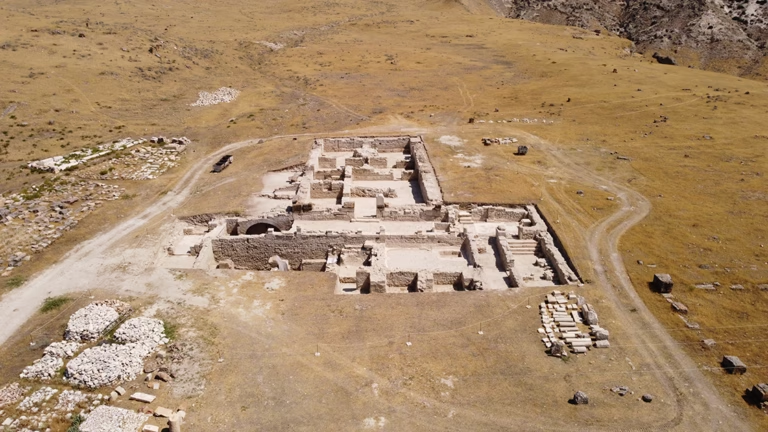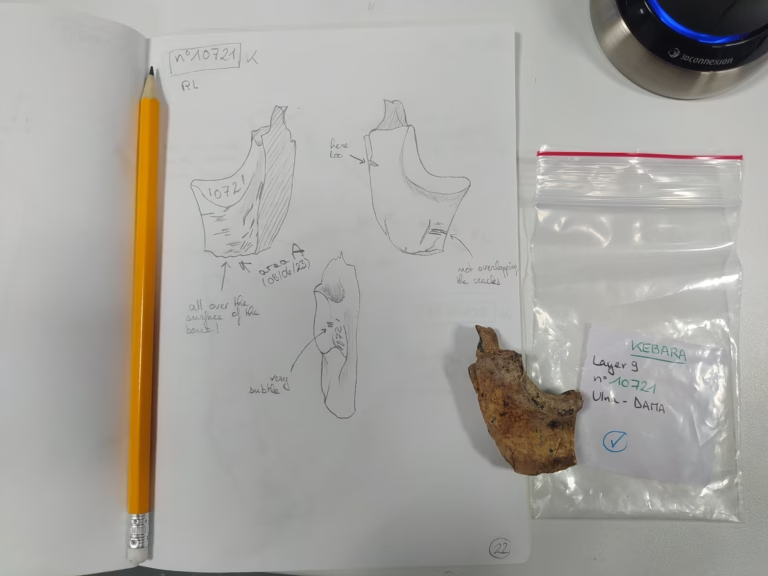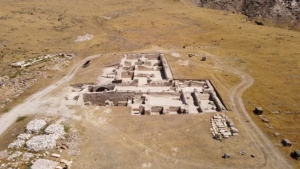Archaeologists uncover a rare 4th–5th century A.D. dock on the northern tip of Corsica, offering new insights into the island’s Roman past.
An archaeological excavation in Cap Corse, a remote peninsula at the northern edge of Corsica, has revealed the remains of an ancient port structure dating back to the Late Antiquity period (4th–5th centuries A.D.). The dig was led by a team from the French National Institute for Preventive Archaeological Research (INRAP), ahead of planned construction near Meria Bay.
Researchers uncovered large schist blocks and postholes, evidence of a wooden jetty that once stood on top. Some of these stone monoliths measure over 1.5 meters and, though laid without mortar, form a deliberate riprap structure, likely engineered to stabilize the shoreline and support the dock.
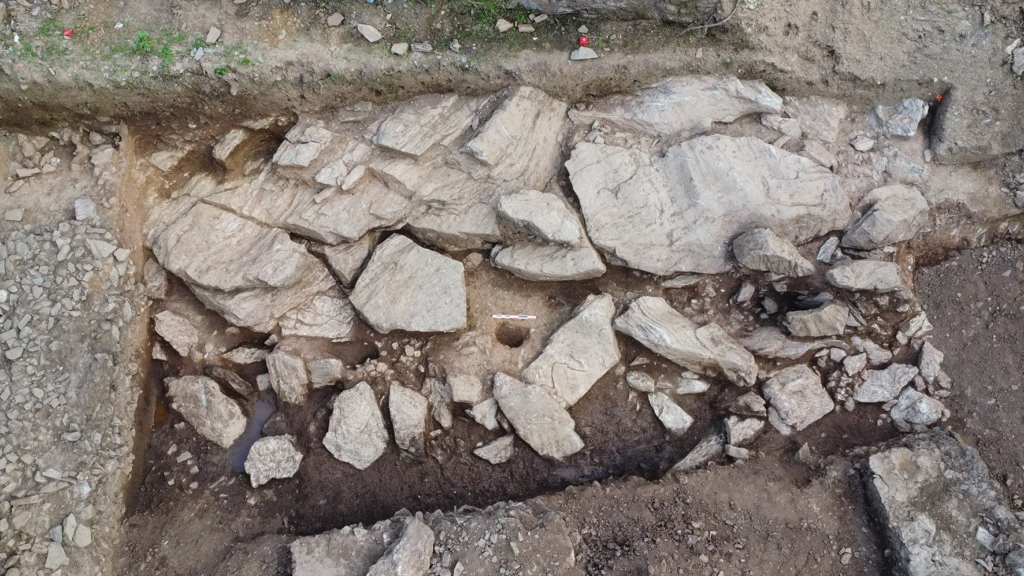
The excavated platform spans approximately 13 meters in length and 4 to 6 meters in width, built over layers of stone and silt. Larger stones placed along the northern edge appear to have served as structural supports, suggesting that this was a well-designed, functional wharf where boats could dock and unload cargo.

Despite the rough appearance, archaeologists say the platform required considerable effort and planning. The discovery of nearly 100 metal artifacts—mostly bronze nails—supports the theory that a wooden superstructure once existed above the stone base.
Dating was confirmed through the recovery of over 1,000 ceramic fragments found within the archaeological layer. These ceramics have allowed researchers to attribute the construction to the Late Antiquity period. Such remains are rare in Corsica, making this find particularly significant for understanding the island’s Roman-era maritime infrastructure.
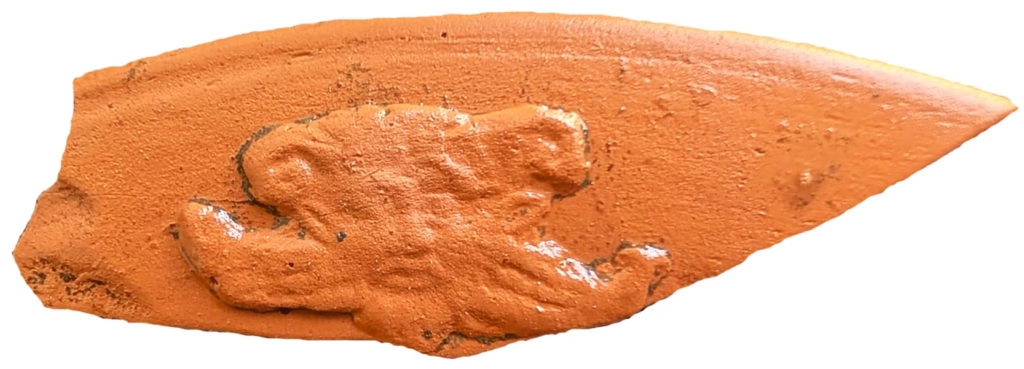
Why This Discovery Matters
- Historical significance: One of the few Late Antique structures ever found in Corsica.
- Archaeological value: Over 1,000 ceramic shards and metal tools aid precise dating.
- Engineering insight: The seemingly chaotic stonework reveals careful planning and execution.
- Cultural heritage: A valuable glimpse into Corsica’s ancient maritime activity.


